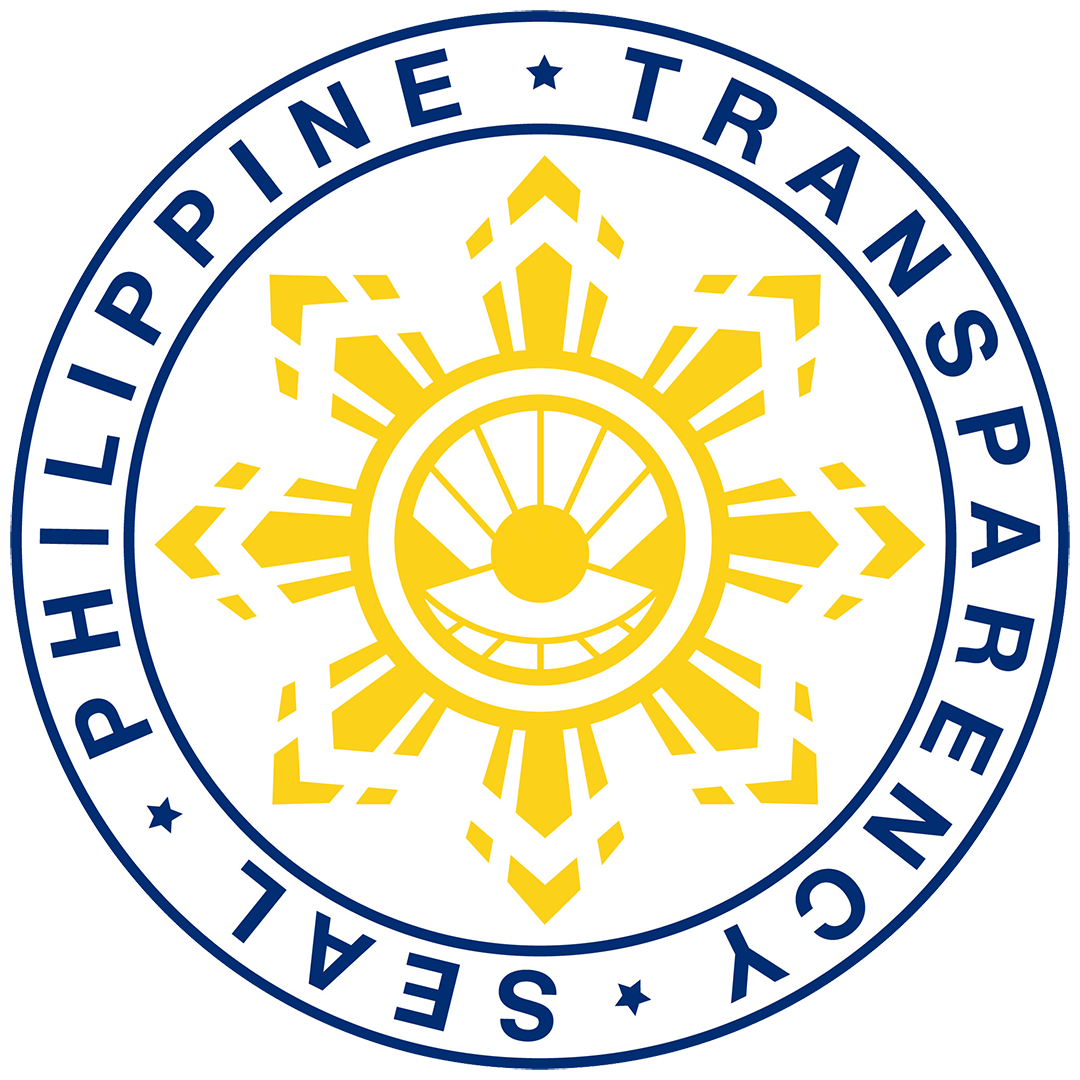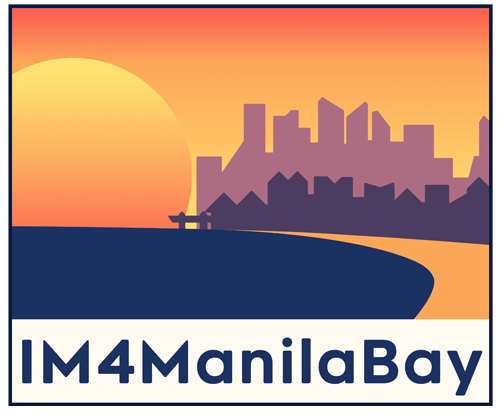Corals or coral reefs give shelter to about 25% of all marine species even if they only cover less than 2% of the ocean bottom. They also provide shoreline protection as well as play a large role in tourism. Coral reef formations are usually divided into three: fringing reefs, barrier reefs, and atolls. Of these, fringing reefs are the most common which can be found near the coastline around islands.
The reefs in Manila Bay cover an area of 293.68 hectares. Of this, 72% is found in Cavite. There are live coral reefs in Maragondon and a few as well can be found on Corregidor and Caballo Islands. Narrow fringing reefs can also be found in Mariveles, Bataan.
As well as other habitats in the bay, these corals face the threat of sedimentation, nutrient contamination, and destructive fishing.
A mangrove forest is a group of trees or shrubs that grow in swampy areas along coasts. While it serves as a habitat and a breeding ground for a lot of marine animals such as fish, shrimp, crabs and other shellfish, it also serves as a barrier against strong winds and waves, protecting the coast from too much erosion and even the communities near coastal areas.
Around 54,000 hectares of mangrove forest were present along the coast of Manila Bay during the latter part of the 19th century. However, in 1990, only about 2000 ha of mangroves was left. This further reduced to 794 ha in 1995. Land conversion and reclamation activities are among the major reasons for decimation of mangrove forests.
In 2007, the Las Pinas-Paranaque Critical Habitat and Ecotourism Area (LPPCHEA) was established through Presidential Proclamation No. 1412. LPPCHEA consists of Freedom Island and Long Island that cover about 175 hectares of wetland habitat. Of this, around 36 hectares are mangroves. LPPCHEA is also the first ever critical habitat in the Philippines.




Seagrasses are flowering plants found in shallow, near-shore coastal waters. While they are called as such due to their long green grass-like leaves that most species have, seagrasses are actually not grasses as they belong to different families. They serve as a habitat to various epiphytes, vertebrates, and invertebrates.
The only site where seagrass beds were found to thrive is in Patungan, Maragondon, Cavite. The depletion of seagrass beds in Manila Bay can be attributed to excessive sedimentation as this can directly smother the seagrasses or can cause too much turbidity that can block sunlight needed for photosynthesis. Sources of sediment include improper mining, agriculture and substandard forestry management. Dredging and filling, as well as land reclamation, are among the major activities that remove areas where seagrasses can grow.
Soft bottom habitats are characterized by uncovered and unvegetated areas in the seabed or even along the coast, which usually consists of fine sediment and mud. The organisms that can thrive here vary depending on depth, exposure to sunlight, temperature, sediment size and presence of microalgae and bacteria.
This is the most common type of habitat in Manila Bay. The mudflats, which are muddy areas exposed during lowtide, up to 2-meter deep areas in the bay are rich in organic matter and invertebrates. Mudflats also serve as feeding and resting grounds for migratory birds.
Currently, only about 1,343 hectares of mudflat are left in Manila Bay. Land conversion is a major factor for the decimation of mudflats. Excessive sedimentation, domestic pollution, and anthropogenic activities affect the deeper muddy habitats of the bay.










 Room 235, National Hydraulic Research Center,
Room 235, National Hydraulic Research Center, esmart.im4manilabay@gmail.com
esmart.im4manilabay@gmail.com 

No responses yet